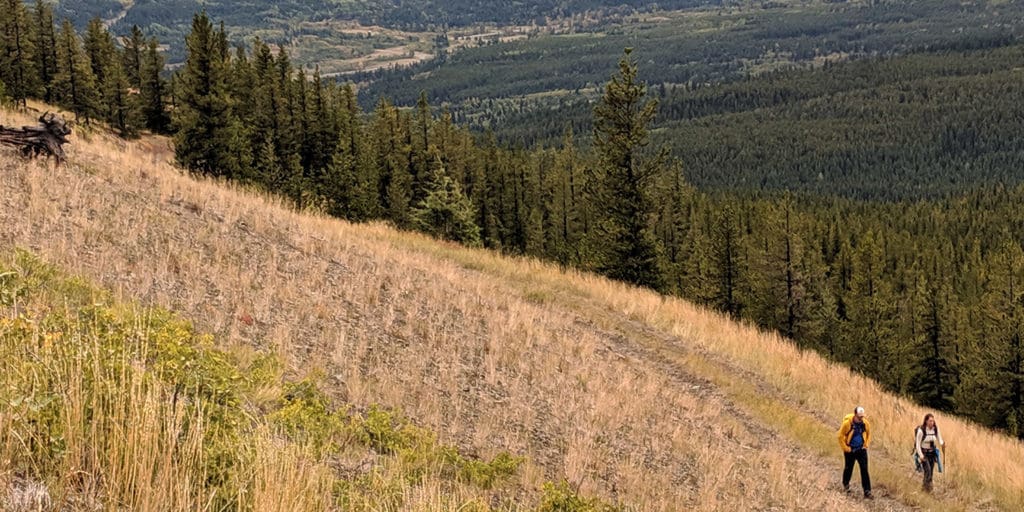Assessing opportunities to provide an innovative strong local economy while sustaining the region’s ecological integrity
The rich rolling foothills and mountains of southwestern Alberta are home to two of Alberta’s newest protected areas: Castle Wildland Provincial Park and Castle Provincial Park, or Castle parks.
Here, established ranches and farms run alongside industries such as oil, gas and coal. This place has deep history and includes traditional territories of Treaty 7 First Nations and Metis Region 3. Nearby local governments include Crowsnest Pass, Pincher Creek and surrounding rural areas.
Folks love to explore, camp, hunt, and fish here with friends and family, too. Recently these mountain communities have seen a significant increase in visitors as Albertans search for places to explore and reconnect with nature in challenging times.
Addressing growing needs and competing interests
Since the boundaries for the Castle parks were set in 2017, visitation has been growing. This is an opportunity to evaluate how the region can attract long-term economic growth while maintaining its natural beauty and watershed values.
Researching recreation, industry and tourism
A first step in this process is to explore the opportunities and challenges in providing for a strong local economy while sustaining the region’s waters, wilderness and wildlife. Y2Y has commissioned research to find how healthy ecosystems and the “nature positive” economic opportunities that may come with a more sustainable approach to resource use can meet.
This research is based on similar work Y2Y has completed on the other side of the Rockies, in an area much like this one.
The towns of B.C.’s Upper Columbia, such as Revelstoke, Golden, Nakusp and New Denver also depend on natural resources (for forestry and extraction economies), tourism and recreation. Competing interests related to industry, a quickly growing adventure tourism sector and widespread recreational use are growing — the same goes in southwestern Alberta.
There is a need to address the best way to sustain the outstanding natural features of the region for all people and uses, as well as support a strong local economy.
How will this research proceed?
First step
Gather historic and current data from southwestern Alberta to understand trends and evaluate economic drivers.
Next up
In-depth interviews will be held to collect the views of people with diverse backgrounds from different sectors and experiences from the area.
This includes residents, First Nations, local decision-makers, industry experts, economic development practitioners, business leaders, and recreationists, to name a few.
The model could guide similar communities in Alberta on how to shift through the energy transition and post-pandemic towards economies in concert with nature.
A powerful plan that could serve as a vital lifeline for vulnerable communities and economies who need good, stable jobs and reliable work that also provides clean water and wilderness to escape to.
Recommending reading and additional information:
- This research is now complete. Learn more and view the full report.
- New research highlights challenges, opportunities for sustainable approaches in the headwaters of the Columbia River
- Hot project: Alberta Headwaters
This project was generously supported by Alberta Ecotrust and the Government of Alberta’s Community Initiatives Program.


